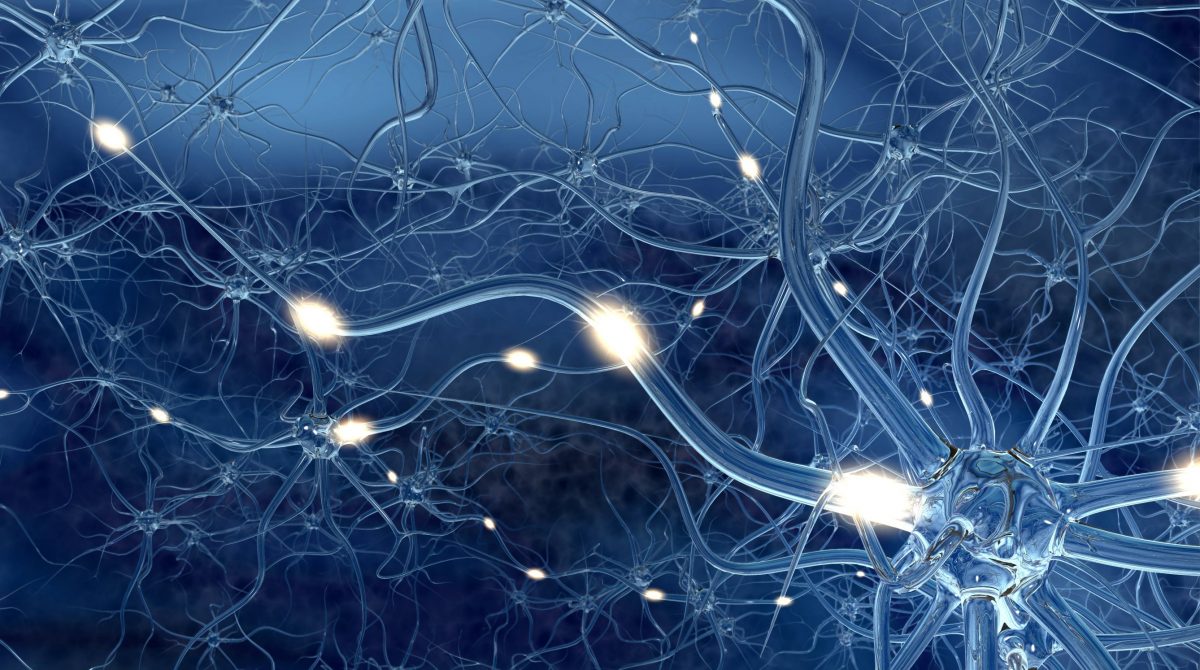Autism or Autistic Spectrum Disorder is a neurodevelopmental disorder that effects
person's behaviors, social interactions, as well as information processing. Autism is often
characterized by limited, repetitive verbal or motor actions that are often called stimming as well
as challenges in communication and social interactions. Autistic individuals may also have
sensory sensitivities and learning challenges. The DSM 5 criteria for diagnosing ASD include
evaluating social communication and interaction and restricted and repetitive behaviors. An
individual must meet all criteria for an ASD diagnosis to be made. The criteria also include the
necessity for impairment in social, work-related, or other significant areas of functioning. It is
important to note that the diagnosis of ASD is based on the individual's development and
behavior, not their IQ. As a matter of fact, a person diagnosed with autism can have an IQ
ranging from below average to high above average. The DSM 5 also requires that individuals
show symptoms before age three. Early diagnosis and intervention are essential for the best
possible outcomes for an autistic individual.
Social-Communication Deficits
Social-communication deficits are a key element of ASD. These deficits can manifest in
various ways, from difficulty understanding and responding to social cues and developing
relationships to an inability to understand the perspective of others. The social-communication
deficits associated with ASD can significantly impact a person's ability to interact with others
and participate in everyday activities. One of the most prominent social-communication deficits
associated with ASD is difficulty understanding and responding to social cues. Autistic people
often struggle to interpret other people's body language, facial emotions, and gestures. This can
2
lead to difficulty in understanding how a conversation is going, interpreting social cues, and
responding appropriately. Autistic people may struggle to develop relationships with peers or
maintain conversations. They experience social reciprocity. This refers to the ability to give and
receive in a conversation, as well as the ability to adjust communication style depending on the
other person. Autistic people may struggle to understand the give and take of a conversation or
the subtleties of social cues that allow a conversation to progress.
In addition to difficulty understanding and responding to social cues, autistic individuals
can also have difficulty with nonverbal communication. This can include difficulty
understanding facial expressions, body language, and gestures. It can also include difficulty
using nonverbal cues to communicate with others. Autistic people may have difficulty
understanding sarcasm, jokes, or subtle expressions of emotion. They may also be less able to
use nonverbal cues to express their emotions. Autistic people can have difficulty developing and
maintaining relationships. This can include difficulty making friends, maintaining conversations,
and understanding the perspective of others. People with ASD may have difficulty expressing
emotions or understanding the emotions of others. This might make it difficult for them to build
meaningful connections. People with ASD may also have difficulty with social rules and norms,
including those related to appropriate behavior in social situations.
Restricted, Repetitive Patterns of Behavior, Interests, or Activities
They are another core feature of ASD. These behaviors can range from relatively mild to
more severe and profoundly impact a person's quality of life. These behavior patterns can include
physical and verbal behaviors and more subtle interests and activities. One of the most prominent
patterns of behavior associated with ASD is stereotyped and repetitive movements. These are
3
repetitive movements or behaviors that are rigid and unchanging. They can include behaviors
such as hand-flapping, rocking, and spinning. These behaviors can occur in response to specific
situations or simply as a way to self-soothe. Autistic People can also have ritualistic and
stereotyped behaviors. These are rigid and unchanging behaviors and can include repeating
specific phrases or words, following certain routines, or engaging in certain activities. These
behaviors may be comforting for the autistic person and help them cope with stress or anxiety.
Another pattern is restricted interests. These interests are limited in scope and may be
focused on a particular topic or activity. Autistic people may become focused on a particular
activity or interest and fixate on it. They may also become overly interested in specific topics or
objects. In addition to restricted interests also have perseveration. This is when a person becomes
fixated on a particular topic or activity and cannot move on to other topics or activities. This can
include becoming overly focused on specific topics or objects, repeating certain phrases or
words, or engaging in certain activities. These limited, repeating patterns of behavior, hobbies, or
activities may have a significant influence on an individual's quality of life. They can make it
difficult for the person to engage in everyday activities and create social awkwardness. They can
also lead to difficulties in school or work and forming relationships.
Associated Features
The DSM-5 diagnostic criteria for ASD include associated features, such as cognitive
deficits, sensory processing difficulties, and sleep disturbances. Individuals with ASD may have
difficulty with problem-solving and abstract thinking. They may also have sensory processing
issues, such as being extremely sensitive to specific stimuli, textures, or odors. They may have
difficulty with sleeping and may have difficulty with transitions.
4
Severity Level
The DSM-5 also includes a severity level in its criteria for diagnosing ASD. This level is
based on the individual's level of support needs. The mildest type ASD is Level 1. At this level,
people need assistance with social communication and have minor problems with repetitive and
constrained patterns of behavior. The moderate type of ASD is Level 2. At this level, people
struggle moderately with repetitive and constrained patterns of behavior and need a lot of
assistance when it comes to social interaction
. The most extreme form of ASD is Level 3. At this level, people struggle greatly with
constrained and repetitive patterns of behavior, hobbies, and interests. They also need a lot of
help communicating with others.
When diagnosing an individual with autism spectrum disorder, it is essential to consider
how other conditions or factors may impact the individual's symptoms. For example, autistic
individuals may also experience anxiety, depression, or other mental health conditions.
Additionally, autistic individuals may experience sensory sensitivities or medical conditions,
such as epilepsy or gastrointestinal disorders. Considering these factors when diagnosing and
providing treatment or support is essential.
Conclusion
The DSM-5 outlines the criteria for diagnosing autism, which includes assessing the
individual's ability to communicate, interact socially, and display restricted repetitive behavior
patterns. To meet the criteria for a diagnosis of autism, a person must display deficits in one or
more areas of communication, interaction, and restricted, repetitive patterns of behavior (Lim et
al., 2018). It is important to note that these criteria are based on the individual's behavior and
5
should not be used to make a diagnosis without the help of a qualified mental health
professional.









